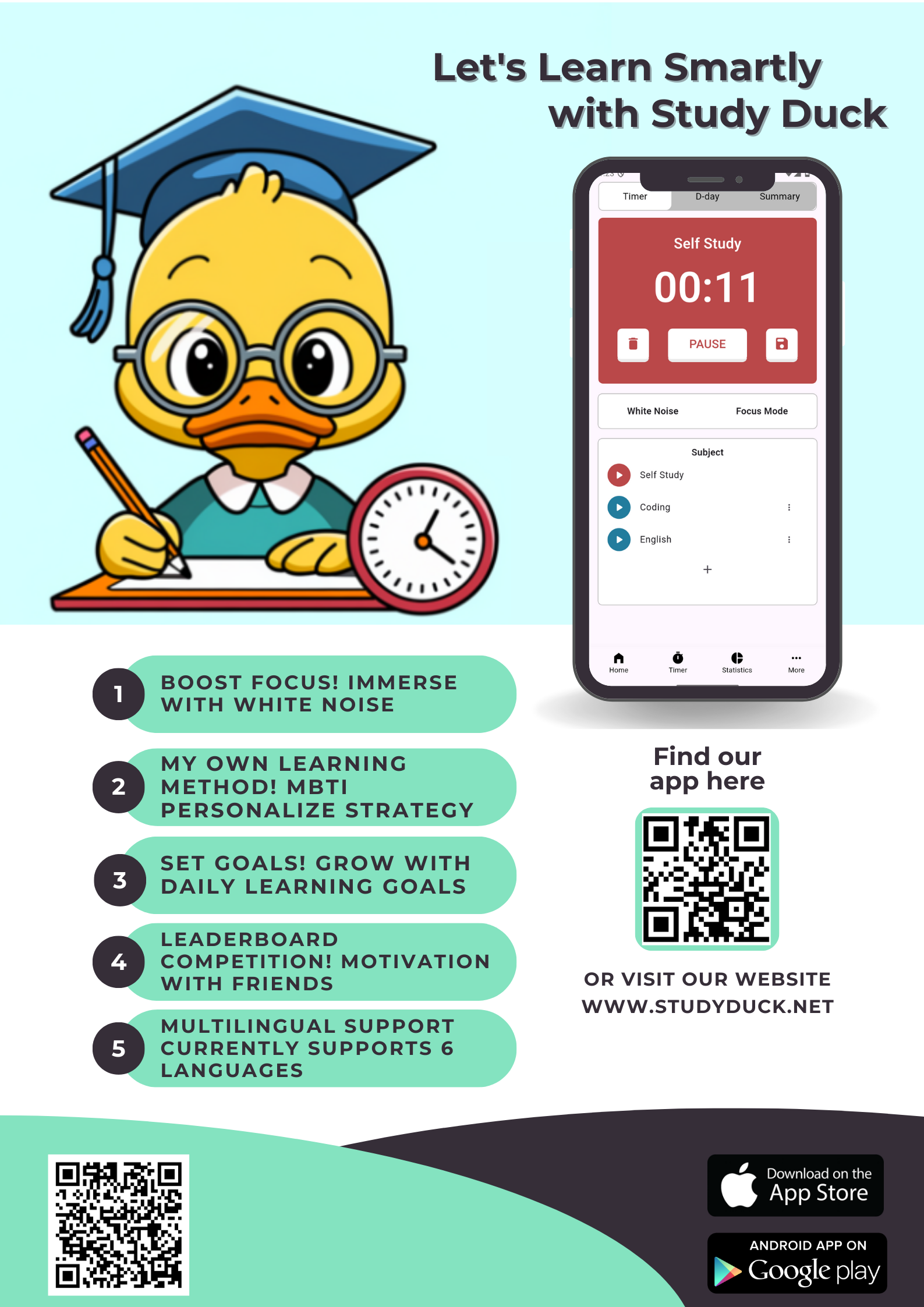
What is Top-Down Learning?
Top-Down Learning is an approach where learners first grasp the overall structure or big picture of a topic before diving into the details.
This method is particularly effective for complex subjects, helping learners understand the context and prioritize key concepts.
For example, when learning programming, it involves understanding the overall structure and purpose of a project before memorizing specific lines of code.
Top-Down Learning clarifies the direction of study and prevents learners from being overwhelmed by details.
It’s especially suitable for self-directed learners, students preparing for exams, or professionals aiming to quickly master a new field.
Core Principles of Top-Down Learning
- Grasp the Big Picture First: Before diving into specifics, understand the overall framework of the topic. For instance, when studying history, focus on the broader timeline and relationships between major events rather than specific details.
- Prioritize Key Concepts: Learn the most important concepts or principles first, saving detailed information for later.
- Gradual Dive into Details: After understanding the big picture, progressively explore detailed topics for deeper learning.
- Context-Based Learning: Connect new information to the broader framework to enhance long-term retention.
Advantages of Top-Down Learning
- Efficient Learning: Avoid wasting time on unnecessary details and quickly master key concepts.
- Enhanced Contextual Understanding: Grasping the big picture first allows for deeper comprehension of details.
- Increased Motivation: Understanding the overall purpose keeps learners motivated.
- Effective for Complex Topics: Systematically approach vast or complex subjects.
Disadvantages of Top-Down Learning
- Initial Confusion: Focusing only on the big picture can feel abstract at first.
- Need for Specific Resources: Lack of appropriate materials for detailed study can halt progress.
- Time Investment: Grasping the overall structure may require significant upfront time.
How to Apply Top-Down Learning
- Set Learning Goals: Clearly define the end goal for the topic. For example: “Become proficient in Python for data analysis.”
- Understand the Overview: Refer to a textbook table of contents, course curriculum, or a topic roadmap to build the big picture.
- Learn Core Concepts: Focus on foundational concepts first. For programming, this might include variables, functions, and loops.
- Explore Details: Dive into specific topics or details based on the big picture.
- Review and Connect: Link new information to the broader framework during review. Tools like mind maps or flashcards can be helpful.
Real-Life Examples of Top-Down Learning
Example 1: Programming
For someone new to programming, applying Top-Down Learning might look like this:
- Step 1: Understand the Big Picture - Learn the purpose and structure of a programming language (e.g., how Python is used for data analysis or web development).
- Step 2: Learn Core Concepts - Master basic elements like variables, functions, conditionals, and loops.
- Step 3: Dive into Details - Work with specific libraries (e.g., Pandas, NumPy) or projects (e.g., a simple data analysis project) to build detailed knowledge.
Example 2: History Studies
For a student preparing for a history exam:
- Step 1: Understand the Big Picture - Study the overall timeline and major events of a specific period (e.g., the Joseon Dynasty).
- Step 2: Learn Core Concepts - Focus on key events (e.g., the Imjin War, King Sejong’s achievements) and their significance.
- Step 3: Dive into Details - Explore specific backgrounds, figures, and outcomes of those events.
Tips to Maximize Top-Down Learning
- Use Visual Tools: Create mind maps, diagrams, or charts to visualize the overall structure.
- Question-Driven Learning: Ask questions like, “What’s the core of this topic?” or “How does this concept fit into the bigger picture?”
- Active Review: Connect new information to the broader framework during reviews.
- Apply Knowledge: Use what you’ve learned in real-life scenarios or projects, such as building a simple program in programming.
Who is Top-Down Learning Best For?
- Professionals looking to quickly master a new field
- Students wanting to systematically organize complex topics
- Self-directed learners who prefer understanding the big picture first
- Individuals preparing for exams or working on projects efficiently
Top-Down Learning is a powerful tool that makes complex learning processes systematic and efficient.
By starting with the big picture and moving to details, this approach clarifies direction, sustains motivation, and enables deep understanding.
Start applying Top-Down Learning today to maximize your learning efficiency! StudyDuck is here to support your learning journey.

Tick-tock... Want to take control of your time?
Turn on the Study Duck Focus Mode Timer now!
Join the ranking competition and don’t miss your chance to build strong study habits!
'학습법' 카테고리의 다른 글
| ボトムアップ学習法:基礎からしっかり積み上げる効果的な学習戦略 (0) | 2025.06.02 |
|---|---|
| 보텀업 학습법: 기초부터 탄탄히 쌓아 올리는 효과적인 학습 전략 (0) | 2025.06.02 |
| トップダウン学習法で学習効率を最大化する方法 (0) | 2025.05.29 |
| 탑다운 학습법으로 학습 효율을 극대화하는 방법 (0) | 2025.05.29 |
| Boost Study Efficiency with the Keyword Learning Method: Secrets to Maximizing Memory and Learning (0) | 2025.05.25 |



